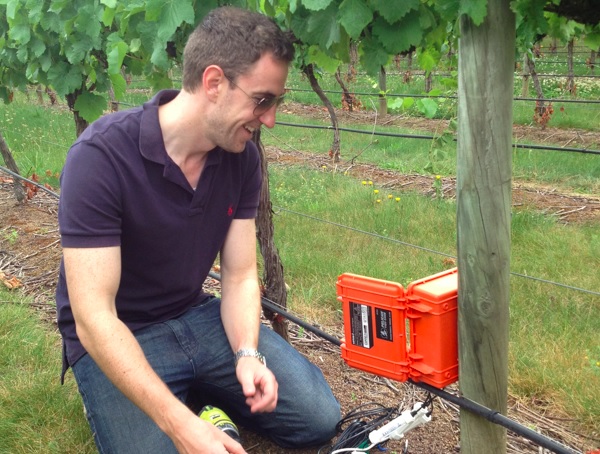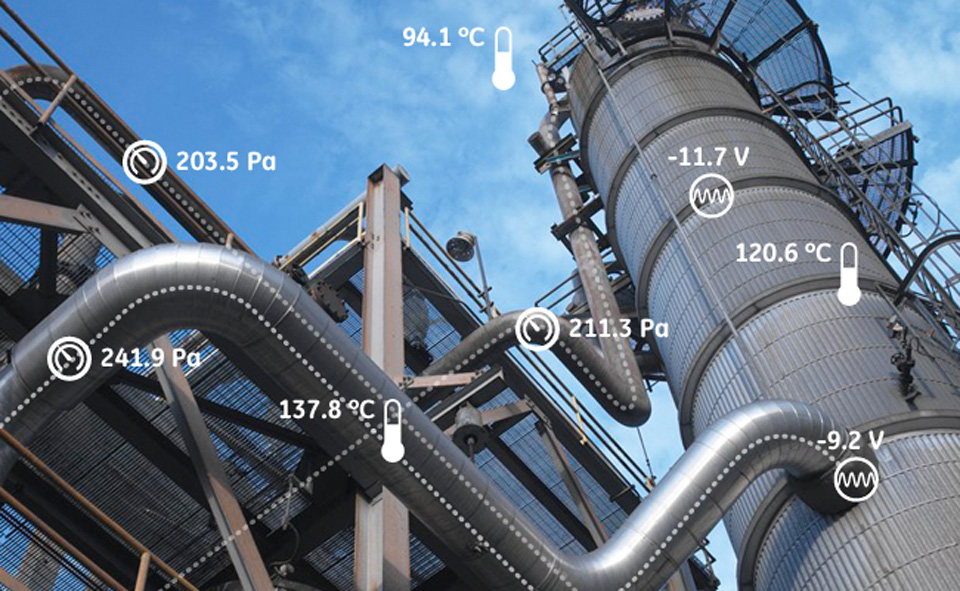Today Cisco launched their latest Internet of Everything Innovation Centre in Perth, Western Australia. The facility joins the seven existing centres around the globe which includes Rio de Janeiro, Toronto, Songdo, Berlin, Barcelona, Tokyo and London.
As a joint venture with resources company Woodside and Curtin University, the centre will initially focus on the gas industry and will include a state-of-the-art laboratory, a technological collaboration area, and a dedicated space to show the Internet of Things in action.
Oil and Gas is one of the key sectors for targeted by Cisco in their Internet of Everything push with Brad Bechtold, the company’s Energy Lead, telling Decoding the New Economy earlier this year how the IoT is expected to deliver an eleven percent reduction of costs for the $1.5 trillion dollar a year industry.
Bechtold believes remote sensing and operations will be the driver of many of the cost reductions along with detailed analytics enabling more efficient operations.
Many of these technologies will be tested as part of Woodside’s Plant of the Future gas project with CEO Peter Coleman saying the scheme will link company’s knowledge base with artificial intelligence, data analytics, and advanced sensors and control systems.
“We are taking a collaborative approach to enhancing our operations as part of our digital transformation journey. This partnership will create a globally competitive centre for excellence that could be leveraged in our LNG operations, as we progress our remote operations capabilities,” Coleman said.
The Perth centre intends to bring together start-up companies, industry experts, developers, researchers and academics in an open collaboration environment to create a “connected community” focused on cloud, analytics, cyber security and IoT network platforms.
The Australian Commonwealth Science, Innovation and Research Organisation (CSIRO) has also flagged it intend to join the hub as part of its Square Kilometer Array deep space mapping project.
Another branch of the Australian hub is expected to open in Sydney later this year.




